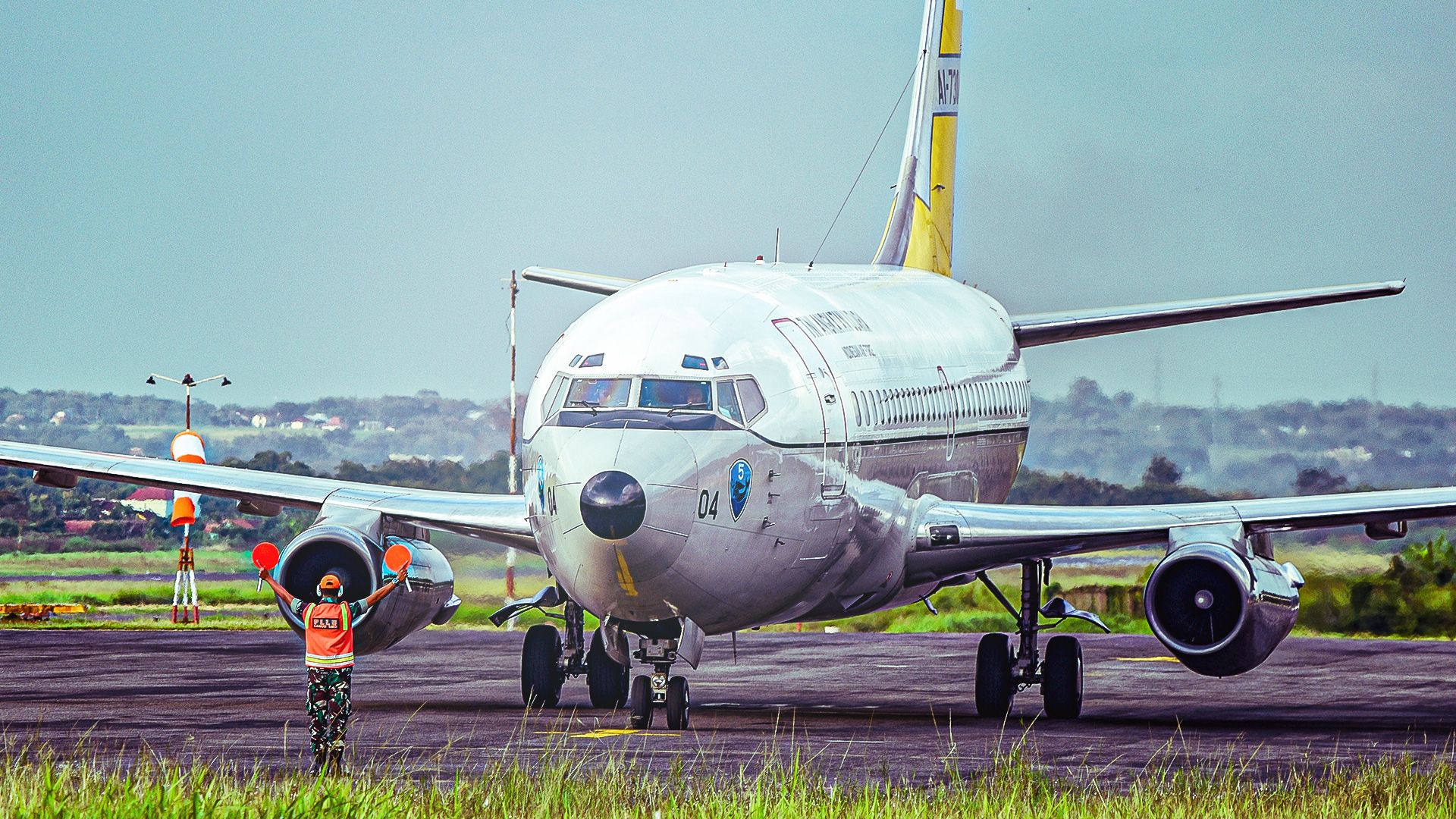UPDATE: Aviation enthusiasts and travelers alike are buzzing with excitement as new insights emerge on how to identify different variants of the Boeing 737. With its long-standing status as the world’s best-selling commercial jetliner, understanding the distinctions among the Original, Classic, Next Generation, and MAX series is more crucial than ever.
Just announced by aviation experts, including The Points Guy, this urgent guide highlights essential visual cues that can help spotters and frequent flyers easily differentiate these aircraft. With small details like engine shape and winglet design playing a pivotal role, now is the time to sharpen your spotting skills.
The Boeing 737 family has evolved significantly since its debut in 1968, introducing a variety of enhancements that not only improve performance but also alter visual characteristics. As you plan your next flight or spotting adventure, knowing these attributes can enhance your overall experience.
Details matter—the Original models, such as the 737-100 and 737-200, feature shorter fuselages and smaller engines, while the Classic models introduced in the 1980s, including the 737-300, sport the unique “hamster pouch” engine nacelles, a key identifier among enthusiasts.
The Next Generation models, which began service in 1997, showcase smoother nacelles and longer wings. Meanwhile, the latest MAX series, launched in 2017, boasts larger engines with serrated edges and distinctive split-tip winglets, making them instantly recognizable.
Spotting differences can be rewarding. For example, the Classic series includes the 737-300, 737-400, and 737-500, while the Next Generation lineup spans the 737-600 through 737-900. Each variant carries specific traits, such as the number of over-wing exits—an important detail for accurate identification.
Experts advise focusing on three primary features: engine shape, wingtip design, and tail structure. Spotters can easily distinguish between an older Classic variant and a newer MAX by observing these elements.
What’s next? For those eager to enhance their aircraft identification skills, practice is key. Utilize flight tracking apps and community resources like Airliner Spotter to log sightings and share insights with fellow enthusiasts. Engaging with the aviation community on platforms like Facebook and Reddit can provide valuable tips and comparative images that solidify your understanding of the 737 family.
In a world where airlines often operate multiple 737 types in similar liveries, recognizing the subtle design differences becomes essential for both casual passengers and dedicated spotters. Take advantage of these critical insights to deepen your appreciation for aviation and boost your spotting accuracy.
This guide not only serves as a practical tool for identifying Boeing 737 variants but also enhances your experience as you observe these marvels of engineering in action. Stay informed, keep your spotting skills sharp, and share your findings with fellow aviation enthusiasts!






